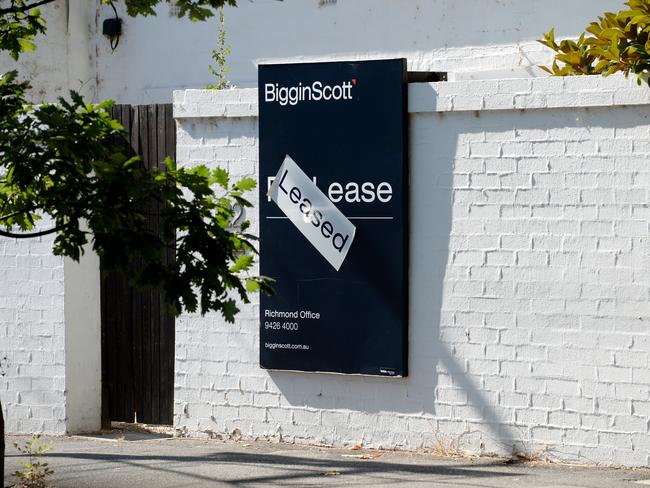What property ‘perfect storm’ means for buyers, sellers, tenants
An unusual supply/demand imbalance has hit real estate across the country, affecting everyone in the marketplace – buyers, sellers and tenants.
Property
Don't miss out on the headlines from Property. Followed categories will be added to My News.
There’s something of a perfect storm in property today, with a significant supply/demand imbalance affecting everyone in the marketplace – buyers, sellers and tenants.
Firstly, a longstanding housing undersupply has been met with a period of market change and low stock for sale.
Why is stock low? It’s likely a combination of factors, including higher interest rates making it hard for some upgraders to get the finance they need, and concern that once they sell it will be hard to buy back in.
On top of that, we’re in the midst of a rise in immigration, with the Federal Budget forecasting 715,000 new migrants (net) to move to Australia over the next two years alone. That is already adding significant demand to the sales and rental markets of Sydney and Melbourne, in particular.

Migrants typically rent for the first few years but some are buying instead because finding a rental has become difficult due to record low vacancy rates. So, that’s extra demand going into the sales market today.
Also, an extended period of high construction costs, labour shortages, and stories of builders going bust has likely encouraged more families to buy in the established market instead of building their next home. So again, that’s extra demand flowing into the sales market.
Strong employment is underpinning demand, but we also have a large and growing cohort of buyers in the marketplace today that is unaffected by interest rate rises because they’re purchasing with cash.
CASH BUYERS EATING AWAY AT SUPPLY
Data from the electronic conveyancing company, PEXA shows 25 per cent of East Coast residential sales in 2022 (NSW, Queensland and Victoria combined) were to cash buyers.
Many of them are in the prestige sector where cash purchases are common, others are baby boomer downsizers.
Some are foreign buyers purchasing for themselves, for their children who are studying here, or for investment.

Some are buying in the regions – likely city dwellers making a seachange or treechange to more affordable markets. Today’s first home buyers also have a lot of help, which is somewhat offsetting the impact of rising rates. There’s the Bank of Mum and Dad and loads of government help including stamp duty breaks and the First Home Guarantee.
Put all of this together, and we’ve got a supply/demand imbalance that is making it quite hard for buyers in some areas to find the right property at the right price for them.
It’s taking longer to secure a home, and this is creating a sense of urgency and stronger competition, which is why prices are moving upwards earlier in the market cycle than we’d normally expect, given rates are still rising. (Yes, rates are on hold for now but the Reserve Bank has flagged that further rises may be necessary.)
BANK WATCHDOG HELPED CREATE RENTAL SUPPLY CRISIS
The supply/demand challenge in the sales market is also present in the rental market.
The undersupply in rentals has been growing for years due to a decline in investor buying between 2014 and 2020, according to Bureau of Statistics figures.
The trend began after APRA first asked the banks to limit the number of loans to investors.
Now that rental demand is rising, we’re seeing the impact of that undersupply in the form of rising weekly rents.
Rising inflation and interest rates are also key factors. Landlords are paying more interest on their loans and higher amounts for council rates, insurance and repairs, so they have to raise the rent to keep their investments viable.
Looking ahead, we are expecting the supply/demand imbalance in the sales market to loosen next month. There are already signs that stock is rising, partly due to the Spring season but also likely due to improving prices. In the rental market, we’re unlikely to see weekly rents stop rising until interest rates stop rising.
The good news is that many economic analysts think we’re very close to the end of rate hikes, with inflation steadily falling and retail volumes dropping as people rein in their spending.
* John McGrath is the founder, Managing Director and Chief Executive Officer of McGrath Estate Agents
Originally published as What property ‘perfect storm’ means for buyers, sellers, tenants




